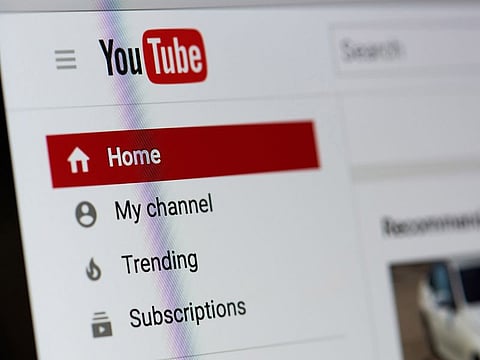YouTube launches 'likeness-detection' to help creators fight AI impersonation
Face and voice clones on YouTube can now be detected and removed at creator’s discretion

In a major move to tackle the rise of deepfakes and AI-generated impersonations, YouTube announced that it has officially rolled out its new 'likeness-detection' feature to eligible creators within the YouTube Partner Program.
Why now?
The problem has been growing: creators have reported instances where their face or voice was cloned by AI to promote products, spread misinformation or post content they never approved.
For example, one case involved a hardware company using a voice clone of a YouTuber without consent. YouTube’s new tool is designed to give creators direct control over that misuse.
How it works
The new feature lives alongside YouTube’s existing copyright-tool arsenal (such as Content ID) but focuses on identity rather than copyrighted media. To use it:
A creator must opt in via the 'Likeness' tab in YouTube Studio.
The verification process includes consenting to data processing, scanning a QR code, submitting a photo ID and a short selfie video.
Once verified, the creator gets access to a dashboard where videos flagged for using their likeness (face or voice) can be reviewed. They then can request removal or archive the content.
Creators may opt out at any time; YouTube says it will stop scanning within 24 hours of opting out.
What’s covered — and what isn’t
The system is designed to detect unauthorised use of a creator’s face or voice generated via AI. It isn’t a guaranteed removal system: flagged content still requires review under YouTube’s policies, and there may be false positives (for example the creator’s own legitimate uploads may get flagged).
For now, rollout is phased. Eligible creators in the Partner Program were notified via email in this first wave; wider access will follow over the coming months.
Creators’ faces and voices are often their personal 'brand assets'. As AI tools become more capable of replicating likenesses, unauthorized impersonations can undermine trust, damage reputations, mislead audiences and even violate legal rights. YouTube’s new feature signals that identity protection is entering the platform moderation toolkit in earnest.
Moreover, it marks a shift: rather than only blocking or demonetising uploaded content, platforms are now allowing rights-holders to pre-emptively claim their likeness and monitor for misuse — much like how Content ID handles copyrighted media. This kind of identity-based moderation has been less common, and YouTube appears to be one of the first large-scale platforms to offer it.
What creators should know
If you’re a YouTube creator, here are key practical points:
Check for the new 'Likeness' tab in YouTube Studio and see if you’re eligible.
Consider whether you want to enroll: linking your face/voice metadata carries privacy and data-security implications (YouTube stores the templates for up to three years, according to one report).
Even with this tool, remain vigilant: review your content, monitor uploads of your name/face, and understand that detection is not 100% foolproof.
Be aware of the policy context: YouTube is supportive of broader regulation of AI-generated likenesses (for example the 'NO FAKES Act' in the US).
This rollout arrives at a moment when AI-driven video generation and voice cloning are accelerating. Platforms, regulators and creators are locked in a race: for each new tool to monitor misuse, the ability to generate synthetic likenesses gets more accessible.
YouTube’s initiative may not solve the problem overnight — but it arguably raises the baseline expectation for creator protection and signals to other platforms that identity misuse cannot go unchecked.
In short: If you are a creator with a public face or voice, YouTube is handing you a new claim over how your likeness is used on the platform. The next steps will be in how well the system works, how false positives are handled, how fast takedowns happen, and how it scales across languages and regions.
Sign up for the Daily Briefing
Get the latest news and updates straight to your inbox







